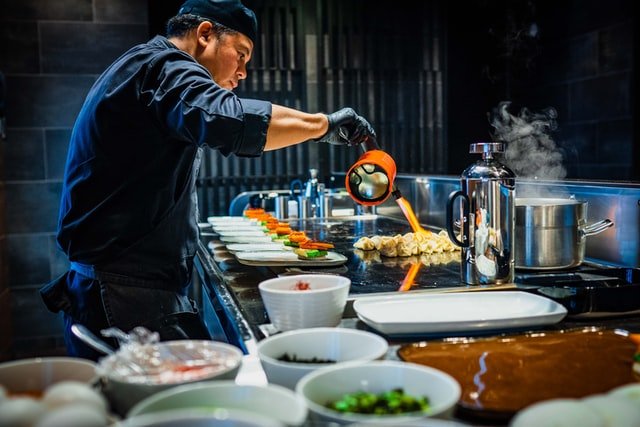TEXTILE FIBRES
The following sub-topics will be covered under this topic: Classification of Textile Fibres Properties of Textile Fibres Fibres Fibres are classified into two main groups: – Natural – Man-made – Wool fibre Natural Fibres Animal Plant Mineral Animal Fibres Wool Silk Plant Fibres Cotton Linen Man-made Fibres These are fibres that […]
